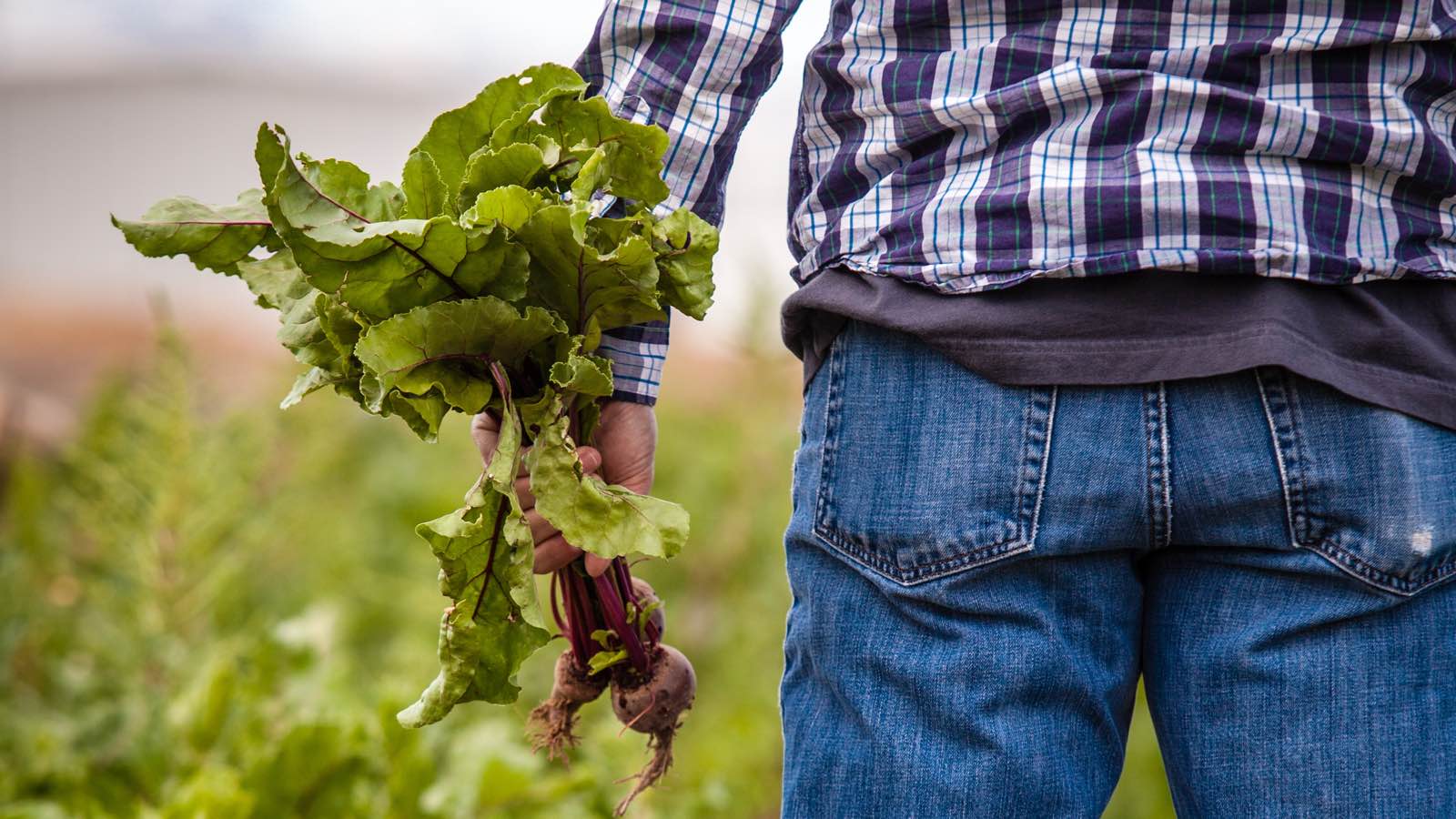Table of Contents
Smart farming is an idea to cultivate crops with a combination of the latest technology and data analysis. The objective of it is to get more yields with few bad impacts on the environment than the conventional farming method.
First, collecting data.
We can start to gather data by using a simple tool like a spreadsheet such as Microsoft Excel or Google Sheets. What kind of data should we record? Everything. We can log the process of our farm from seeds to sale: when we start seeding, when we move the sprouts to the growing area, how much fertilisers that we use, how many yields we get when harvesting, how many crops going to the waste, and so on.
Furthermore, we can utilise sensors to measure the environmental condition on our farm: temperature, humidity, co2, wind speed, soil moisture, electroconductivity, and many more depend on the type of our farm and crops.
Second, analysing your data.
After we have adequate data from our farm, we can analyse it to determine which part of our farm that we can make more efficient. Is it our irrigation system? Maybe something wrong with our greenhouse ventilation? We can find it once we have the data.
Third, determine the specific requirements to fulfil the identified needs
Requirements mean the technology tools that we want to use. If we need to change our irrigation system, we can determine which brand we want to use. If we decide to have better seed to harvest record tool, trying Tania farmer journal is worth since it’s free and open source.
The last step is always to have training, support, and backup of your data.
Technology can’t magically improve our farm performance. We always need to train who will use the tool on our farm, get professional support from the vendor of our technology tools, and don’t forget to backup the data. We won’t lose it.
To summarise, technology and data can improve our farm and get higher yields than conventional farming method. We can start now and without buying an expensive tool from the beginning.
Photo by Heather Gill on Unsplash.



Let's discuss!
comments powered by Disqus